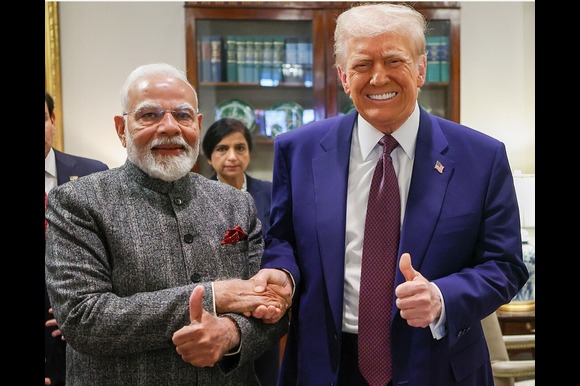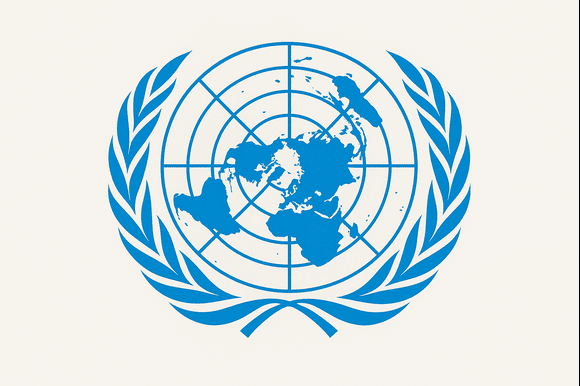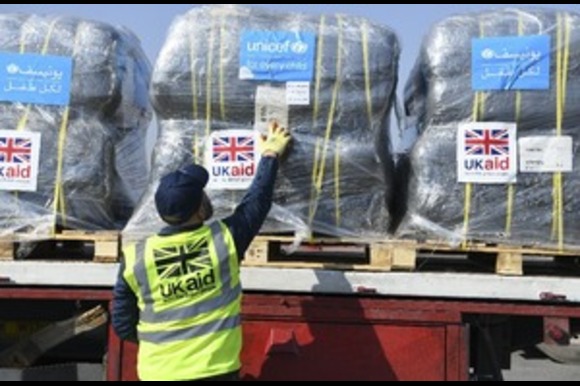
The White House
India’s exports to the United States — its largest overseas market — have taken a severe hit, falling by nearly 40% over the past four months and 20% in September alone, according to new trade data. The sharp decline follows the implementation of steep US tariffs under President Donald Trump, which have heavily impacted key Indian export sectors.
Tariffs Begin to Bite
September marked the first full month under Washington’s 50% tariff regime on Indian goods, which came into effect on 27 August. The duties include a 25% penalty on India’s continued purchase of Russian oil, a move that the US administration says is part of its broader effort to pressure Moscow over the war in Ukraine.
Ajay Srivastava, co-founder of the Global Trade Research Initiative (GTRI), a New Delhi-based think tank, said that “the US has become India’s most severely affected market since the tariff escalation began.”
Labour-Intensive Sectors Hit Hardest
The trade blow has been most pronounced in labour-intensive sectors such as textiles, gems and jewellery, engineering goods, and chemicals, all of which have suffered substantial losses since the new tariffs were introduced.
Data shows that Indian shipments to the US have fallen for four consecutive months, sliding from $8.8 billion (£6.5 billion) in May to $5.5 billion in September — a decline of 37.5%.
Trade Deficit at 13-Month High
The steep fall in exports has also widened India’s trade deficit, which reached a 13-month high of $32.15 billion in September. However, some of the losses were partially offset by stronger exports to other markets, including the UAE and China, analysts noted.
Trade Talks Resume Amid Rising Tensions
Negotiations for a new trade agreement between New Delhi and Washington are currently under way, with both sides aiming to finalize a deal by next month. An Indian trade delegation is presently in the United States for discussions after months of diplomatic stagnation caused by multiple points of contention.
On Wednesday, President Trump told reporters that Indian Prime Minister Narendra Modi had agreed to halt purchases of Russian oil as part of ongoing discussions on global energy and trade cooperation. The statement has not yet been confirmed by New Delhi.
A spokesperson for India’s Ministry of External Affairs said that “discussions are ongoing with the US administration, which has shown interest in deepening energy co-operation with India.”
Major Trade Sticking Points
Despite renewed dialogue, longstanding trade disputes remain unresolved. The most contentious issue involves US demands for greater access to India’s agriculture and dairy markets, which Washington views as key areas for expansion.
India, however, continues to resist these demands, citing food security concerns, the protection of rural livelihoods, and the welfare of millions of small-scale farmers.
A Strained Economic Partnership
Until recently, the United States was India’s largest trading partner, with bilateral trade peaking at $190 billion in 2024. Trump and Modi have previously set an ambitious goal of increasing that figure to $500 billion, but the latest tariff measures and export slump threaten to derail those plans.
As talks continue, both nations face growing pressure to strike a balance between strategic partnership and economic nationalism, as the trade relationship enters one of its most challenging phases in recent years.




